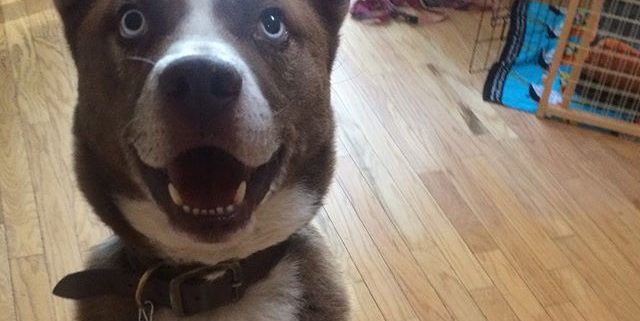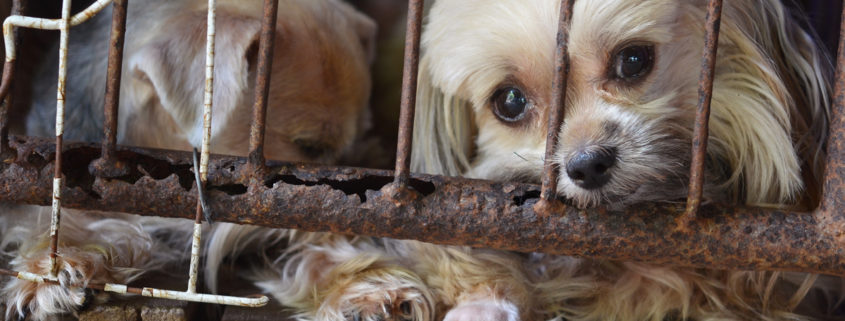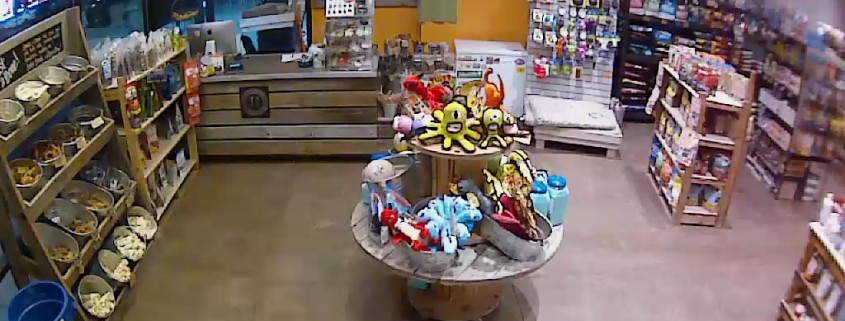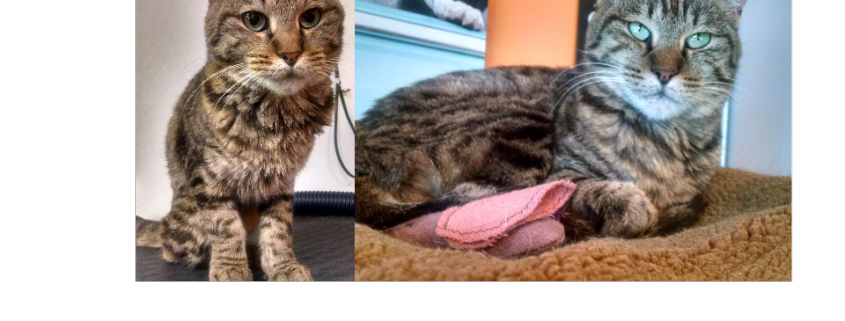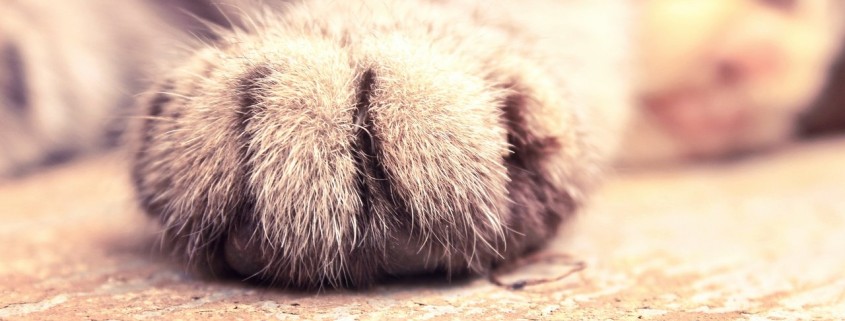Giving Back: How We Became Foster Dog Parents
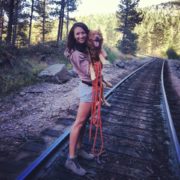 After my dog’s sudden death this summer, I found myself incredibly lonely. My best friend, who I spent hours walking with every morning, who I rushed home to after work, who kept me company in the kitchen and kept my feet warm at night, was suddenly and very unexpectedly gone.
After my dog’s sudden death this summer, I found myself incredibly lonely. My best friend, who I spent hours walking with every morning, who I rushed home to after work, who kept me company in the kitchen and kept my feet warm at night, was suddenly and very unexpectedly gone.
Fortunately for me, my life is saturated with animal lovers. After Pi died, a friend came over and helped me pack away all her things. I kept a couple bowls, her leash and collar and a few toys. Everything else went in boxes for the shelter where another friends works. The next week, I drove to Adams County Animal Shelter (ACAS) in Brighton to donate Pi’s things. That’s where I met Mila. She had just been surrendered to the shelter for the third time in her short life and her sweet little face melted me.
The next week, I went back to the same shelter with toys donated for a group of dogs pulled from an overrun shelter in Texas. This time I got to go to the ‘Texas Dog’ playgroup. In Texas, these dogs had been living in overcrowded kennels with little human interaction. At ACAS, they were given their own spaces and they were spending time every day with volunteers. Later, I met a springy Dalmatian puppy brought in as a stray and a very sweet but very sad bulldog who had been surrendered by his family of six years. I was torn between wanting to give all of these dogs a home and knowing that I wasn’t really ready to have a dog of my own yet.
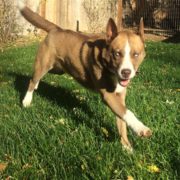 Understanding how I felt, my friend who works for ACAS gave me a foster family application. A few weeks later, our home was approved and soon after that, my boyfriend and I went back to meet a few dogs who needed a temporary home. Brownie came home with us that afternoon. We took him for a walk through the park that evening, and that was the first time since Pi died that I felt really happy. Brownie needed time as a foster because he was a little nervous around men and the shelter needed more information on what his behavior was like in a home. After a couple days of slow introductions every time we entered the house, Brownie became very comfortable with us. He proved to be an excellent snuggle-buddy to my boyfriend and the perfect hiking partner for me. After his time with us, Brownie went back to the shelter and a few weeks later, we got the amazing news that he found his new family!
Understanding how I felt, my friend who works for ACAS gave me a foster family application. A few weeks later, our home was approved and soon after that, my boyfriend and I went back to meet a few dogs who needed a temporary home. Brownie came home with us that afternoon. We took him for a walk through the park that evening, and that was the first time since Pi died that I felt really happy. Brownie needed time as a foster because he was a little nervous around men and the shelter needed more information on what his behavior was like in a home. After a couple days of slow introductions every time we entered the house, Brownie became very comfortable with us. He proved to be an excellent snuggle-buddy to my boyfriend and the perfect hiking partner for me. After his time with us, Brownie went back to the shelter and a few weeks later, we got the amazing news that he found his new family!
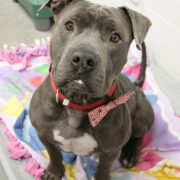 We just finished up with our second foster dog, a sweet and goofy blue pit bull named Antonio. In the shelter, he was anxious around the other dogs. He spent most of his time hanging out in staff members’ offices, but he still lost weight from the stress. In our home, he was a happy, snuggly, lump on our couch. Wherever we were, he liked to bulldoze himself between us. My boyfriend likened sleeping with him to cuddling with a rock. He quickly stole our hearts and we seriously considered keeping him, but were hopeful he’d find another home. With that hope in mind, after his two weeks with us, I returned him to the shelter. Dropping him off absolutely broke my heart. That guy did not want to be surrounded by barking dogs. He wanted to be in our bed. But less than 24 hours later, Antonio was on his way to his forever home with his perfect family and that felt really good.
We just finished up with our second foster dog, a sweet and goofy blue pit bull named Antonio. In the shelter, he was anxious around the other dogs. He spent most of his time hanging out in staff members’ offices, but he still lost weight from the stress. In our home, he was a happy, snuggly, lump on our couch. Wherever we were, he liked to bulldoze himself between us. My boyfriend likened sleeping with him to cuddling with a rock. He quickly stole our hearts and we seriously considered keeping him, but were hopeful he’d find another home. With that hope in mind, after his two weeks with us, I returned him to the shelter. Dropping him off absolutely broke my heart. That guy did not want to be surrounded by barking dogs. He wanted to be in our bed. But less than 24 hours later, Antonio was on his way to his forever home with his perfect family and that felt really good.
This is what I’ve learned about fostering dogs so far:
- Fostering is flexible.
Different organizations have different needs, as do the animals they serve. The program at Adams County Animal Shelter allows us to take dogs short term based on our schedule. Keeping an animal for a week or two gives them a break from shelter life while allowing us to gather more information on how the dog does in a home environment. For our situation, foster care is a mini vacation for the dogs. Other dogs from ACAS may need a home to stay in until they find a permanent home and many rescue groups operate solely out of foster homes. Those animals typically need a place to stay in until they are adopted which could mean a longer commitment. - Fostering is free.
Well, kind of. The shelter provides us with beds, toys, a crate and food, (but I can’t help myself from bringing home extra treats from The Happy Beast!) Any medical care is handled by the shelter veterinarian and the shelter covers the bill. - Shelter dogs are amazing!
Because we are dog-savvy people in a mellow household with no small children, we can host dogs that may have a few quirks or need additional training. So far, our fosters have been incredible, and we joke that if these are the ‘challenging’ dogs, the other dogs in the shelter must be pretty darn perfect. - Giving them back is really hard, but totally worth it.
It’s hard to communicate to a dog that this home is temporary (it’s also hard to convince ourselves that we can’t keep all of them) so taking them back can be difficult. I remind myself that our role as a foster home is to be a stepping stone to their forever home. We can work on behaviors like leash walking and impulse control and help determine what kind of home they would do best in. - ‘Foster Failure’ is actually a really good thing.
While the term may seem negative, ‘Foster Failure’ only means the foster family decided to keep the animal forever. Foster Failure = Adoption Success!
While not without challenges, this experience has helped me heal from losing my dog and has already brought so much happiness back to my life. My time with Pi showed me what it means to really love and respect an animal. She taught me all about dog behavior and training and now I can use everything I learned from her with each dog that comes into our home.
If you are interested in fostering with Adams County Animal Shelter, visit http://www.adcogov.org/volunteer-program
Many shelters and rescue groups, including our friends at Mother Gaia Animal Rescue are also always in need of foster homes. If you are looking to foster in your area, check with different organizations to find the one your lifestyle fits best with!
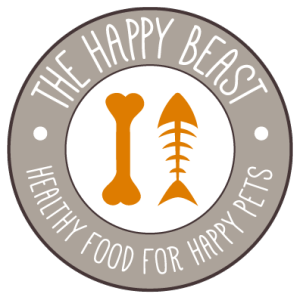
 Archive of blog posts from The Happy Beast on “Pet Adoption” topics, including our foster cats and favorite animal rescues and shelters, including
Archive of blog posts from The Happy Beast on “Pet Adoption” topics, including our foster cats and favorite animal rescues and shelters, including 